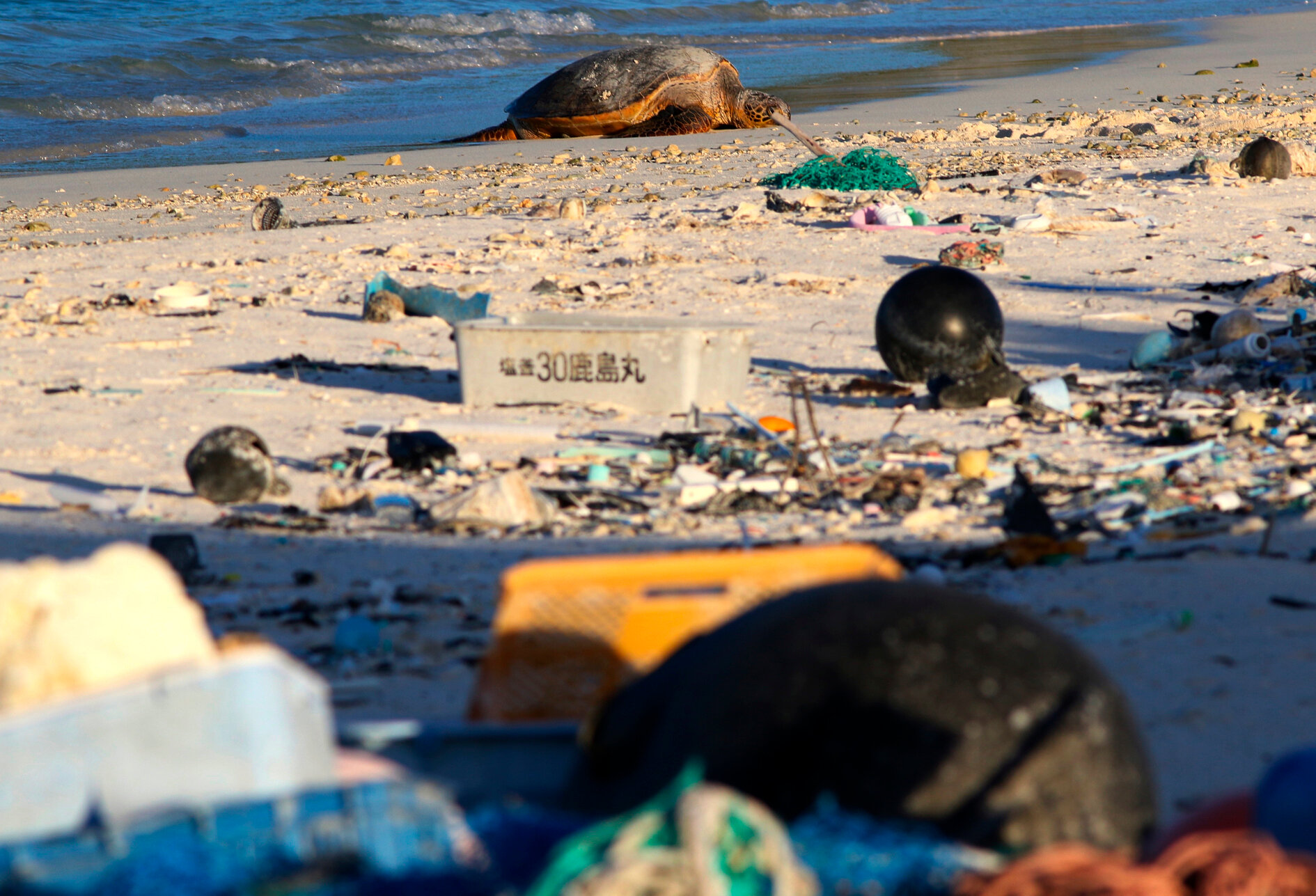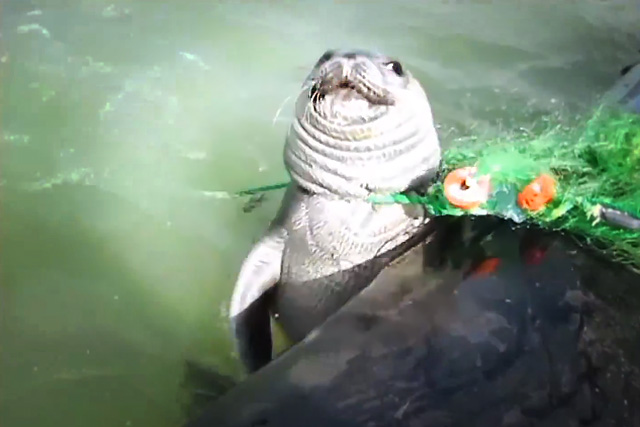
Animals in Danger
Translation
English/Spanish
Species disappear because of changes to the earth that are caused either by nature or by the actions of people. Sometimes a natural event, like a volcano erupting, can kill an entire species. Other times, extinction will happen slowly as nature changes our world. For example, after the Ice Ages, when the glaciers melted and the earth became warmer, many species died because they could not live in a warmer climate. Newer species that could survive in a warmer environment took their places.
People can also cause the extinction of plants and animals. The main reason that many species are endangered or threatened today is because people have the homes or habitats upon which these species depend. A habitat includes not only the other plants and animals in an area, but all of the things needed for the species' survival -- from sunlight and wind to food and shelter. The United States has many habitats, from ocean beaches to mountain tops. Every species requires a certain habitat in order to live. A cactus, for example, needs the sunny, dry desert in order to grow. A polar bear, on the other hand, would not live in a desert, because it could not find enough food and water.

Pollution can also affect wildlife and contribute to extinction. The Nashville crayfish is endangered mainly because the creek where it lives has been polluted by people.
Pesticides and other chemicals can poison plants and animals if they are not used correctly. The bald eagle is one bird that was harmed by pesticides. In the past, a pesticide called DDT was used by many farmers. Rains washed the pesticide into the lakes and streams where it poisoned fish. After eating the poisoned fish, the eagles would lay eggs with very thin shells. These eggs were usually crushed before they could hatch. Today, people are not allowed to use DDT, and this has contributed to the bald eagle being removed from the endangered and threatened species lists needed for the species' survival -- from sunlight and wind to food and shelter.
The United States has many habitats, from ocean beaches to mountain tops. Every species requires a certain habitat in order to live. A cactus, for example, needs the sunny, dry desert in order to grow. A polar bear, on the other hand, would not live in a desert, because it could not find enough food and water.

People can also endanger plants and animals by moving, or introducing, new species into areas where they do not naturally live. Some of these species do so well in their new habitat that they endanger those species already living there, called the native species. These introduced species are called invasive species. For example, when some fish are introduced into a lake or stream, they may prey upon, or eat the food of the native fish. The native species may then have to find a new source of food or a new home, or face becoming endangered or extinct.
Another way that people harm animals and plants is by taking them from the wild. Some people might catch an insect like the Mission blue butterfly for a butterfly collection. Others might capture a wild animal for a pet, or pick a flower because it's pretty. In addition, some people illegally hunt animals for food, skins, or fur. In the past, lots of American crocodiles were killed so that their skins could be made into shoes and other clothing. This crocodile is now an endangered species.
